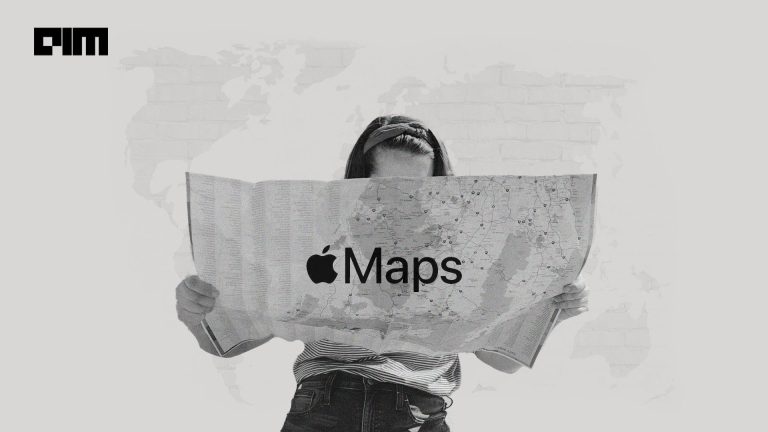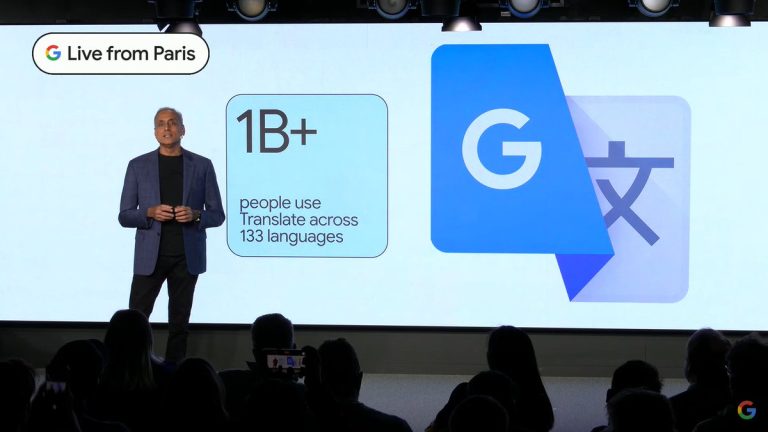Google maps has influenced every individual’s life. From the point where people leave the house – they look at traffic, to when they order food – they look at the estimated delivery time – location intelligence is being leveraged by everyone. At an enterprise level, the use of this technology is limited to large players. Players like large banks and large pharma companies don’t know how they can capitalise on location intelligence; they use location tech just for plotting office buildings. Founders of Dista, Shishir Gokhale, Deepak Garg, and Nishant Kumar, observed this gap and decided to democratise location intelligence and make it available to everyone. They use location information from every phone, car, truck, etc. (anything that has a GPS pulse) and translate it into a rich dataset to provide meaningful data insights and predictions.
Started in 2017, Dista’s first use case was delivery management specific to QSR. But they soon realised that the technology can be applied to many areas like even field force management. Since then, the company has been evolving and has five mature products, 50 enterprise customers and 50,000 business users. Headquartered in Pune, India, the company has a subsidiary in the US and channel partners from Australia, Latin America and South-East Asia.
Leveraging Location Intelligence
“Our focus has always been to use location intelligence to optimise field operations by bringing in focus on sales and thereby enhancing customer experiences,” said Shishir Gokhale, Co-founder and CEO. Location tech is about extensive amounts of data at your disposal. “Similar to how google maps uses the GPS pulse of every vehicle to provide traffic insights, we use location information of vehicles and mobile phones to optimise field operations. It could be anything like delivery of food, delivery of medicine, managing field force, fleet management, or even for manufacturing companies to manage supply chains,” added Gokhale.
Location information is just a data source for Dista, after which they use ML models and predictive analytics to churn out insights in real-time. Their solutions are being used by banks for risk analysis and managing their sales teams. They also worked with a courier company to help them move beyond the hub-and-spoke model and plan a hyper-local strategy. They have also advised companies with their store expansion plans. All the insights are derived from the AI ML models based on the data that they have. “Location in all these decisions is important as it is based on a geographical layout of a particular area,” informed Shishir.
Some of their use cases include:
Pizza Hut: Delivery for the entire Pizza Hut store chain in India, of over 600 stores, is managed by Dista, where the food chain’s ’30-minute promise’ insights and analysis in real-time is provided by their solutions.
Unilever: Unilever’s demand for precise information of their ships carrying consignments in the ocean is fulfilled by Dista. From information about congestion at the port to the time it takes to reach the port, all analytics comes from Dista’s AI-based location intelligence platform.
Large Bank: Banks now provide doorstep service, especially for people who open a current account, which requires perfectly managing the team on the field. With Dista’s location analytics, sales managers were able to make better decisions based on the location of their agents on the field.
All these use cases are from different fields and industries and require different functionalities, but what all these have in common are operational challenges that they try to solve. This is Dista platform’s differentiator. “Leveraging the learning from one industry and applying it to build solutions for other industries is how the platform has matured over time and has become robust,” informed Gokhale.
Tech Stack and how it’s built
Being a cloud-native company, even architecturally, Dista founders knew how to leverage the power of the cloud very well. Dista runs on the Google cloud platform and its elements like Google App Engine, Datastore, and BigQuery; ML modelling Dista uses TensorFlow. Over this is their framework, which includes their reporting engine, mobility framework and template engine. “Conceptually, the platform is architected in a way that we have building blocks which can be applicable to multiple areas and use cases. The same platform caters to Unilever or Pizza Hut, or a large bank. Below the core components, we have a very robust framework or robust web-scale applications that run on Google Cloud and Google Maps,” informed Gokhale. Besides building customised solutions for every client, Dista also has some ready-made products and solutions built on common layers of technology with multiple functional components. Their hexagon diagram displays how they have core tech and the way it is more functional.
Adapting to changes
Location played an important role in business decisions, but after the pandemic started, a lot of things changed. “For food delivery, especially, since the traffic pattern changed and it was now comfortable to reach 15 km in 12 minutes, as compared to 5 km; the companies and restaurants wanted to increase their reach. That is where we capitalised on-location tech and dynamically changed the delivery areas based on the new traffic patterns,” enlightened Gokhale. During the pandemic, phlebotomy saw a lot of traction, and Dista engaged with companies that were aggregators for labs. Medicine delivery also rose, and Dista had the technology to quickly change and adapt.
As drones, too, are gaining traction in India, Dista will only have more use cases. “Be it road, ocean or air data – for us is just a GPS pulse. With drones, the road network will not be relevant, and there will be different navigation paths. There might evolve an aerial network where drones can fly and not collide. I don’t know how this will evolve, but for us, it is just another data stream and use case for all intelligence that we provide,” said Gokhale.
According to a report from Markets and Markets, the global location analytics market size is expected to grow from USD 13.8 billion in 2020 to USD 26.7 billion by 2025, at a CAGR of 14.1%. This growth is due to the growing need for predictive analytics for businesses and the increasing use of location-based applications. In India, too, based on how Indians think, we have come to accept everything at our doorsteps, be it medicine, food or any other service. “For a country like India, this is also financially viable to provide such doorstep services. A similar pattern is seen in other emerging economies as well, like Brazil, Mexico, and South East Asia, where the demographics are similar. This is not possible in developed western economies,” he informed.
Wrapping up
Dista founders look up to Google as a company for innovation and how they have pivoted from one platform to another and focused on the platform and building over it. “From a SaaS perspective, we are really impressed by the way Salesforce conducts itself, as it started as a CRM platform and now has a sales cloud, services cloud, marketing cloud and whatnot. It is similar to what we are trying to do here in the location technology space. I consider Google and Salesforce as guiding posts for progress,” said Gokhale. In the coming year, Dista is planning aggressive global growth, especially in the western hemisphere. “Our aspiration and vision statement is to be ‘1B,’ – which is a billion people touched, a billion experiences provided and being a unicorn. Nothing less than that,” concluded Gokhale.



















































































